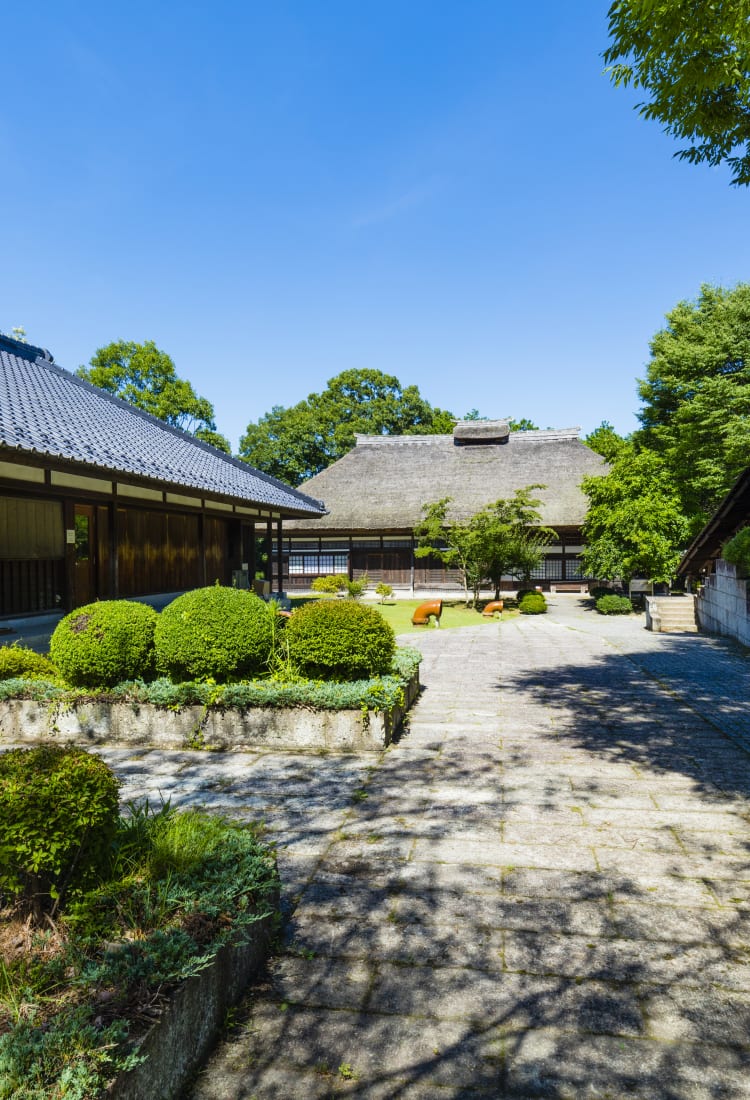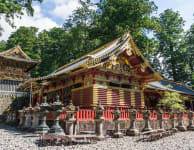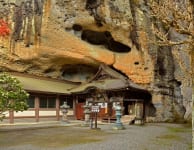

TOCHIGI Mashiko Un pequeño pueblo dedicado a la cerámica
Un pequeño pueblo dedicado a la cerámica
Mashiko solo tiene 20 000 habitantes, pero su influencia en el mundo de la cerámica no tiene nada que ver con su tamaño. El movimiento artesanal Mingei llevó a la ciudad a la escena internacional gracias a la reputación que adquirió por su alta calidad y creatividad.
No te pierdas
- Cerámica de clase mundial en el Museo de Arte Cerámico de Mashiko
Cómo llegar
Desde Tokio, el trayecto en tren hasta Mashiko dura aproximadamente 2 horas.
Desde Tokio o la estación de Ueno, toma la línea JR Utsunomiya hasta la estación de Oyama, en Tochigi. En la estación de Oyama, haz transbordo a la línea Mito con destino a Mito, y después cambia en la estación de Shimodate. En la estación de Shimodate, toma la línea Moka en dirección a Motegi y bájate en la estación de Mashiko.
También puedes tomar el tren hasta la estación de Utsunomiya y tomar el autobús Kanto HIgashino Bus hacia la estación de Mashiko.
El mundo de la cerámica Mashiko
La cerámica Mashiko se distingue por su aspecto rústico y encaja perfectamente en la estética japonesa de la sencillez wabi-sabi. Comenzó a adquirir una gran popularidad, en el siglo XIX, por su carácter práctico y atractivo, en un momento en el que la cerámica se utilizaba, principalmente, para elaborar utensilios de cocina.
En la actualidad, el atractivo de la cerámica Mashiko atrae a compradores de todo el mundo y sus obras forman parte de diferentes colecciones de arte, como la del Complejo Messe Mashiko de Arte Cerámica .

Una reconstrucción del horno Shoji Hamada
Todo tiene una explicación: Complejo Messe Mashiko de Arte Cerámica
En japonés moderno, se utiliza la palabra alemana «messe» con el significado de «feria de muestras» y, de hecho, también se usa en algunos tipos de parques temáticos.
Esta palabra aparece también en el nombre del Complejo Messe Mashiko de Arte Cerámica , que alberga una variedad de instalaciones relacionadas con la cerámica, de las cuales, el Museo de Arte de la Cerámica Mashiko es la principal. Inicialmente, el museo se centraba exclusivamente en la cerámica Mashiko, o Mashiko-yaki. En los últimos tiempos, ha comenzado a exponer también otras obras de cerámica modernas de artesanos internacionales.
El horno de un maestro artesano
El famoso artesano Shoji Hamada estableció su estudio en Mashiko, a principios de la década de 1900, al descubrir las maravillosas propiedades de su suelo para la cerámica. Su casa, el taller y los hornos, cuya construcción se basó en diseños antiguos, se han reubicado en el Complejo Messe Mashiko de Arte Cerámica .
La obra de Hamada fue el eje central del movimiento artístico Mingei de Japón. El arte mingei fusiona la belleza con la practicidad realzando el valor de los estilos artesanales más comunes de la época. Con la presencia de Hamada, Mashiko se convirtió en una de las capitales mundiales de la cerámica.

Una serie de hornos con cámaras escalonadas construidos originalmente por Shoji Hamada
Ferias de cerámica
Mashiko organiza dos ferias de cerámica al año: una durante las vacaciones de la Semana Dorada de Japón, a finales de abril y principios de mayo, y otra a principios de noviembre. Aunque ambos eventos se reparten por toda la ciudad, la mayoría de los puestos y tiendas se instalan a lo largo de Jonaizaka, la calle principal. No te faltarán oportunidades de comprar cerámica Mashiko.
Otros puntos de interés en Mashiko
Además de su cultura cerámica, en Mashiko encontrarás una hermosa arquitectura clásica. Un buen ejemplo de ello es el templo Saimoyoji, en las laderas del monte Takadate, cuya pagoda de tres pisos se construyó en el siglo XVI y es uno de los pabellones más antiguos del este de Japón.
Mejor verlo por ti mismo
En Mashiko puedes disfrutar de una gran variedad de puntos turísticos interesantes, como lugares de vital importancia para el mundo de la cerámica, edificios tradicionales y hermosos paisajes naturales.



















































